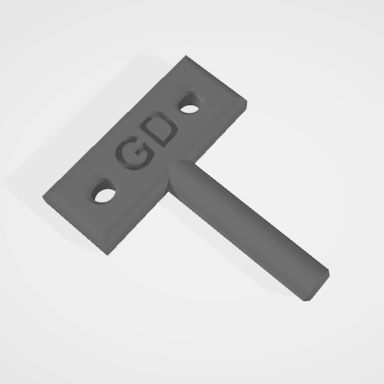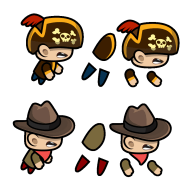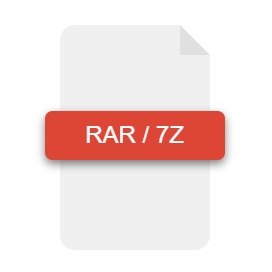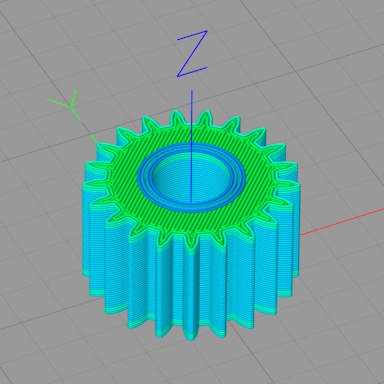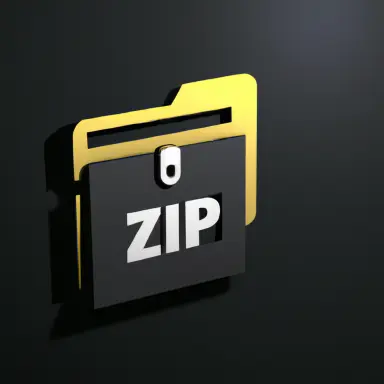PNG file format information
| Extension | PNG |
| Full Name | Portable Network Graphics |
| Type | Image |
| Mime Type | image/png |
| Format | Binary |
| Opens With | Paint.Net, Photoshop |
PNG files are a widely used graphics file format used in areas where high-quality images (often with transparency) are required while also retaining a small file size. They are one of the most common formats of file used for web and print mediums and are particularly useful for logos, icons, and other images where multi-level transparency is desired.
The format itself was created in the 1990's with the main aim of storing computer graphics in a high-quality format while minimizing the required storage space. The longer-term aim was to displace the GIF file format and make PNG the number one format for non-lossy, high-quality image formats on the then-burgeoning world wide web.
One of the selling points of the PNG format is its support for multiple levels of transparency, making it superior to the GIF format, which can only handle a single level of transparency. Also, like GIFs, the PNG format supports palletizing image colors down to 256 or 16 colors to help reduce the file size of the PNG.
Repairing a PNG File
PNG Image File Header Data
The data contained within a PNG image file is binary, and it is the first sequence of bytes within the file that contains the header data for the image, which contains information such as image width, height, color depth, palette, and other metadata.
Knowing how this header data is formed and what the header data should be for each individual file type allows our tool to not only ensure the file is using the correct file extension but also that all the expected pixel data is present and correct.
Pixel Color Depth and Palettes
Certain image file formats (oftentimes, but not always, older formats), such as PNG, can store pixel data using a reduced number of bits per pixel. For regular full-color images, these are stored at 24-bits per pixel (1 byte per RGB channel, equating to roughly 16 million colors). Storing pixels using reduced bits per pixel can help reduce the final file size, and older legacy hardware was often limited by the color depth of their displays anyway, making this practice worthwhile.
Palettes are also commonplace, allowing a limited number of colors to be used from the full 16 million color space. The PNG often does this to significantly reduce file size while retaining pixel and color detail. During the validation and repair process, our tool will not alter the pixel color depth or, if present, any palette used by the image.

